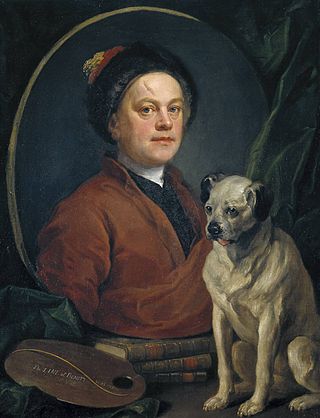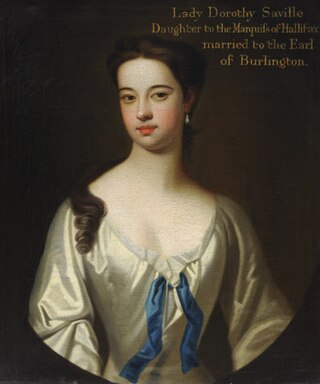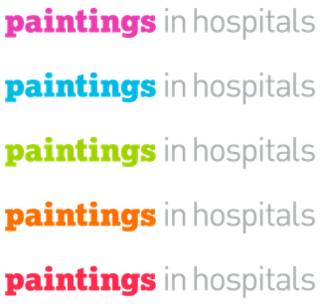
William Hogarth was an English painter, engraver, pictorial satirist, social critic, editorial cartoonist and occasional writer on art. His work ranges from realistic portraiture to comic strip-like series of pictures called "modern moral subjects", and he is perhaps best known for his series A Harlot's Progress, A Rake's Progress and Marriage A-la-Mode. Familiarity with his work is so widespread that satirical political illustrations in this style are often referred to as "Hogarthian".

The Thomas Coram Foundation for Children is a large children's charity in London operating under the name Coram. It was founded by eighteenth-century philanthropist Captain Thomas Coram who campaigned to establish a charity that would care for the high numbers of abandoned babies in London, setting up the Foundling Hospital in 1739 at Lamb's Conduit Fields in Bloomsbury. By the 1950s social change had led to the closure of the hospital and the charity adopted the broader name Thomas Coram Foundation for Children in 1954.

The Foundling Hospital was a children's home in London, England, founded in 1739 by the philanthropic sea captain Thomas Coram. It was established for the "education and maintenance of exposed and deserted young children." The word "hospital" was used in a more general sense than it is in the 21st century, simply indicating the institution's "hospitality" to those less fortunate. Nevertheless, one of the top priorities of the committee at the Foundling Hospital was children's health, as they combated smallpox, fevers, consumption, dysentery and even infections from everyday activities like teething that drove up mortality rates and risked epidemics. With their energies focused on maintaining a disinfected environment, providing simple clothing and fare, the committee paid less attention to and spent less on developing children's education. As a result, financial problems would hound the institution for years to come, despite the growing "fashionableness" of charities like the hospital.

Captain Thomas Coram was an English sea captain and philanthropist who created the London Foundling Hospital in Lamb's Conduit Fields, Bloomsbury, to look after abandoned children on the streets of London. It is said to be the world's first incorporated charity.

Thomas Hudson was an English painter, almost exclusively of portraits.

Joseph Highmore was an English painter of portraits, conversation pieces and history subjects, illustrator and author. After retiring from his career as a painter at the age of 70, he published art historical and critical articles.

Coram's Fields is a seven acre urban open space in the Kings Cross area of the London Borough of Camden. Adults are only permitted to enter if accompanied by children.

Ashlyns School is a mixed secondary school and sixth form located in Berkhamsted, Hertfordshire, England. The school was established in 1935 as the final location of the Foundling Hospital, a children's charity founded in London in 1739. The Berkhamsted building converted into a school in 1955. Ashlyns School is noted as an example of neo-Georgian architecture and is a Grade II listed building.

The Church of St Andrew, Holborn, is a Church of England church on the northwestern edge of the City of London, on Holborn within the Ward of Farringdon Without.
Balthazar or Balthasar Nebot, was a painter active in England between 1729 and 1765.

Taylor White was a British jurist, naturalist, and art collector. A Fellow of the Royal Society, he was the patron of several prominent wildlife and botanical artists including Peter Paillou, George Edwards, Benjamin Wilkes, and Georg Dionysius Ehret. He was also a founding governor of the Foundling Hospital in London and served as its treasurer for many years.

Portrait of Captain Thomas Coram is a 1740 portrait of philanthropist Thomas Coram painted by William Hogarth. The portrait, which represents Hogarth's highest achievement in direct portraiture, was not created as a commission and was instead donated to Coram's Foundling Hospital. The portrait is divided into two sections: The left side represents Coram's sea ventures, a major source of his wealth. The right side shows a curtain pulled over a mother figure with a child.

Emma Brownlow was a Victorian era artist who is best known for her paintings depicting scenes from life at the Foundling Hospital in London.

The Graham Children is an oil painting completed by William Hogarth in 1742. It is a group portrait depicting the four children of Daniel Graham, apothecary to King George II. The youngest child had died by the time the painting was completed.

Dorothy Boyle, Countess of Burlington and Countess of Cork was a British noble and court official, as well as a caricaturist and portrait painter. Several of her studies and paintings were made of her daughters. Through her daughter Charlotte, who married the 4th Duke of Devonshire. A collection of 24 of her works of art descended to the Duke of Devonshire and kept at Chatsworth House.

The Foundling Hospital Anthem, also known by its longer title "Blessed are they that considereth the poor" [sic], is a choral anthem composed by George Frideric Handel in 1749. It was written for the Foundling Hospital in London and was first performed in the chapel there. Handel wrote two versions, one for choir only and one for choir and soloists. Composed 10 years before his death, it was Handel's last piece of English church music.

Elizabeth Brudenell, Countess of Cardigan, formerly, was a Scottish noblewoman and a petitioner for the foundation of the Foundling Hospital in London. Her husband was George Brudenell, 3rd Earl of Cardigan, and she was the mother of the 4th Earl, who later became 1st Duke of Montagu.

Paintings in Hospitals is an arts in health charity in the United Kingdom. Founded in 1959, the charity's services include the provision of artwork loans, art projects and art workshops to health and social care organisations. The charity's activities are based on clinical evidence demonstrating health and wellbeing benefits of the arts to patients and care staff.

Mary, Countess of Harold was an English aristocrat and philanthropist.

Frances, Baroness Byron, was the second daughter of William Berkeley, 4th Baron Berkeley of Stratton, and his wife Frances Temple. She was the third wife of William Byron, 4th Baron Byron and a great-grandmother of the poet Lord Byron.




















